
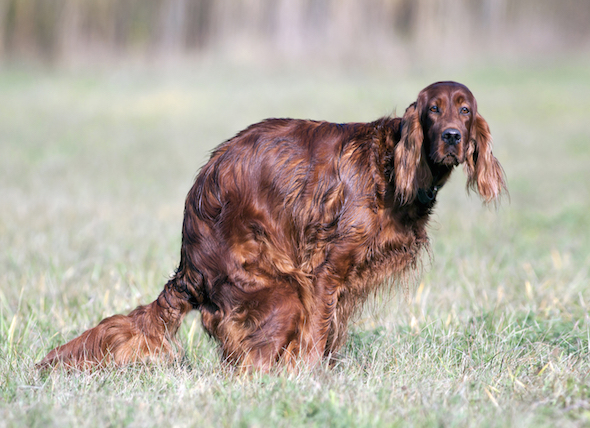
Hemorrhagic gastroenteritis is identified by blood in the vomit and/or stool, often due to a food borne illness. Because it is a serious disorder than can be potentially fatal, immediate veterinary care is required.
Continuous vomiting and/or diarrhea are the most common symptoms. Other symptoms include:
Infectious gastroenteritis is caused by pathogens (infectious agents). Some of the pathogens most commonly associated with infectious gastroenteritis include:
E. coli, Salmonella and Corynebacterium are the most significant intestinal pathogens because they can be passed from animal to human or vice versa. Salmonella infections are also important due to association with reproductive disorders.
Sudden dietary changes and/or dietary toxins may cause irritation and/or affect the immune system. Eosinophilic gastroenteritis, a chronic form of the illness, has been associated with allergens in dog foods. Gastroenteritis may be also observed due to irritation caused by stress, toxins, physical obstruction, ulcers, and abdominal disorders.
Gastroenteritis is not specific to any breed or gender, however, small breed dogs are more prone to infectious gastroenteritis.
It may be difficult to identify the cause of gastroenteritis. Therefore, invasive diagnostic procedures may be required if routine diagnostic procedures are not successful.
A brief outline of diagnostic procedures:
Medical history:
Physical observations:
Routine blood/biochemical tests:
Fecal study:
Radiographs/endoscopy:
In most of the cases, dogs recover and respond very well. The course of treatment, however, is dependent on the underlying cause of the condition. A brief outline of treatment is given below:
An improved diet may reduce intestinal infections and other gastrointestinal disorders. The main priority should be to provide healing time for the dog's inflamed intestinal area. Thus, food and water should not be given for at least a period of 24 hours to rest the intestine. Then, provide a bland diet for three to seven days, followed by a gradual return to the dog's normal diet.
Often dietary irritants (especially protein) may lead to recurrence of the problem. In these cases, a special hypoallergenic medical diet may be required.
Some veterinarians have recently emphasized the importance of restoring intestinal microflora through food additives (e.g., probiotics, prebiotics, and synbiotics) in order to prevent the infection from recurring.
If dog owners are using homemade diets, the ideal micro- and macro-nutrient profile, along with optimum energy density, must be the focus of formulation. These diets provide highly digestible nutrients, less fats and restricted osmolarity. Consult your veterinarian for a proper, well-balanced diet for your dog.
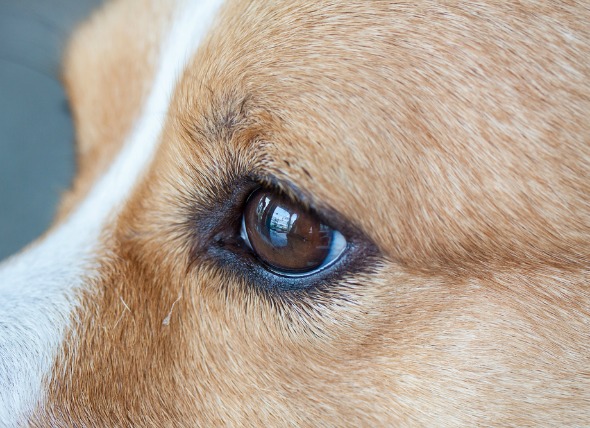 Eye Defects (Congenital) in Dogs
Congenital Ocular Anomalies in Dogs
Congenital ab
Eye Defects (Congenital) in Dogs
Congenital Ocular Anomalies in Dogs
Congenital ab
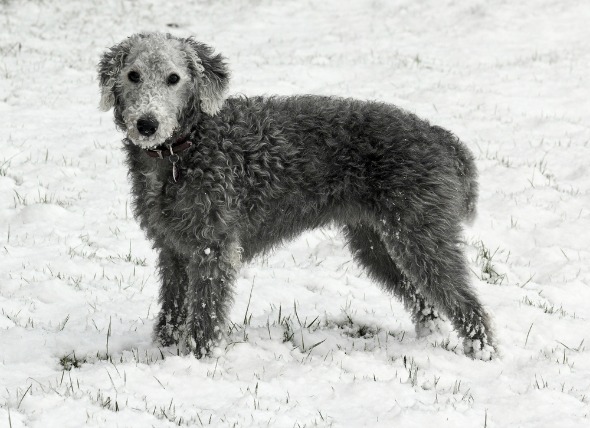 Liver Inflammation (Chronic) in Dogs
Chronic, Active Hepatitis in Dogs
Hepatitis, a me
Liver Inflammation (Chronic) in Dogs
Chronic, Active Hepatitis in Dogs
Hepatitis, a me
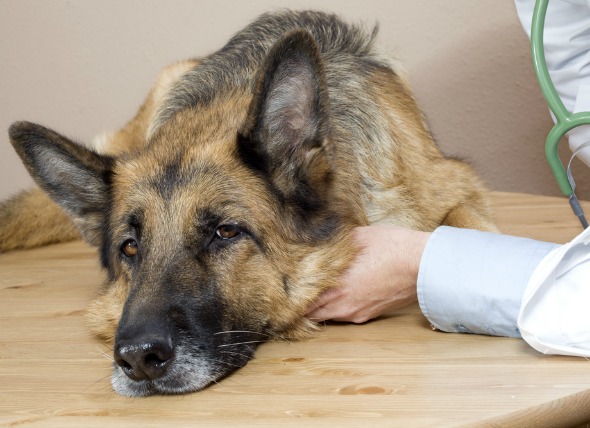 Heartworm Disease in Dogs
Dirofilariasis in Dogs (Heartworms in Dogs)
Dogs
Heartworm Disease in Dogs
Dirofilariasis in Dogs (Heartworms in Dogs)
Dogs
 Dog Flu
Canine Influenza in Dogs
The virus that ca
Dog Flu
Canine Influenza in Dogs
The virus that ca
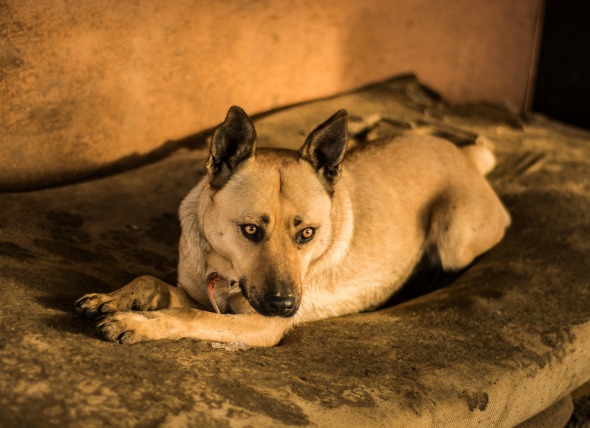 Lack of Bladder Control in Dogs
Urinary Incontinence in Dogs
Dogs are sometimes u
Lack of Bladder Control in Dogs
Urinary Incontinence in Dogs
Dogs are sometimes u
Copyright © 2005-2016 Pet Information All Rights Reserved
Contact us: www162date@outlook.com